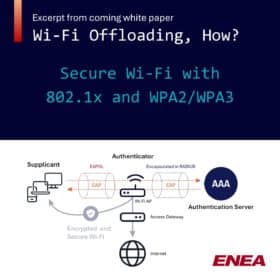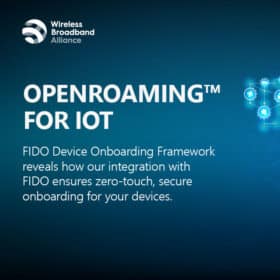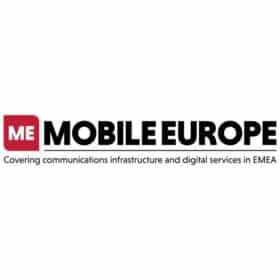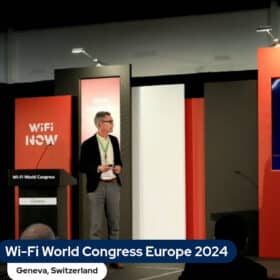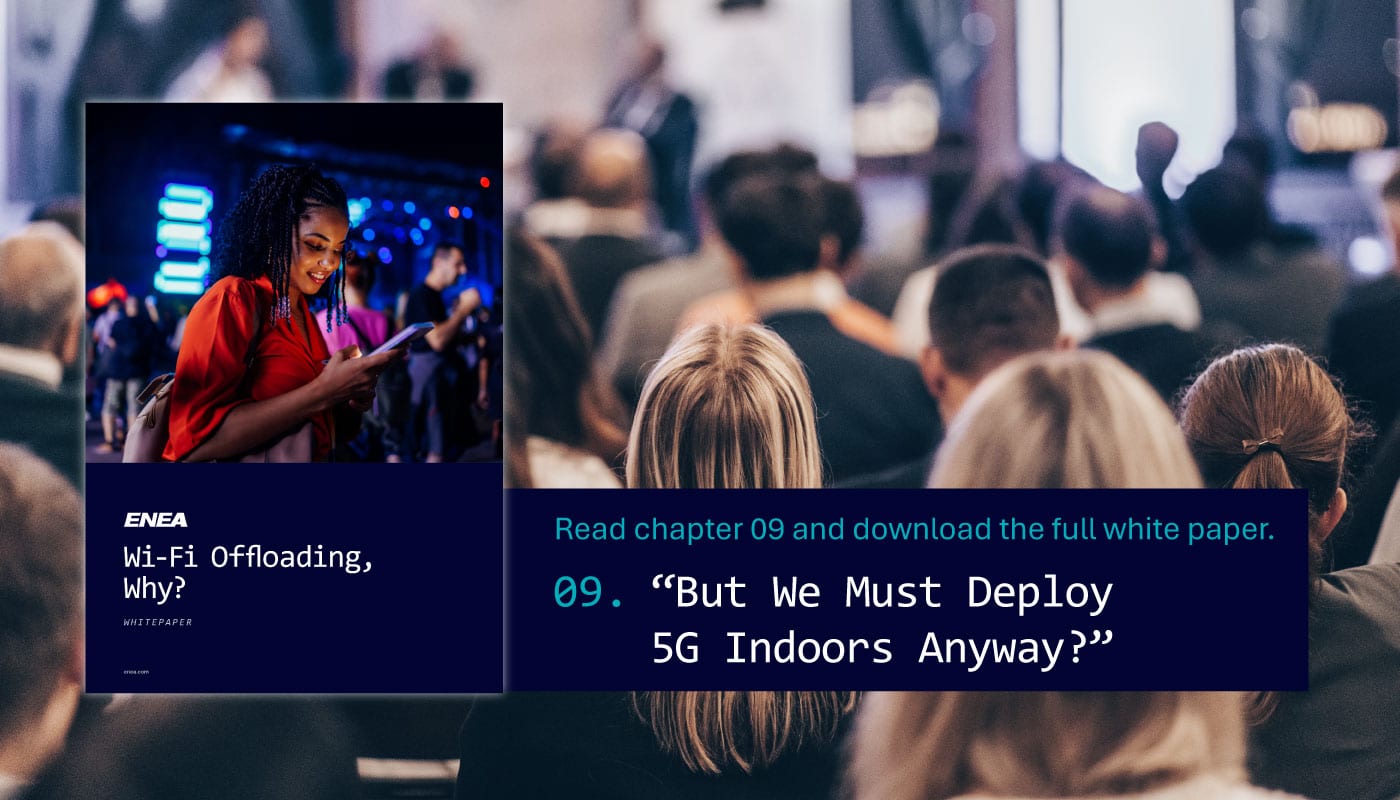
Wi-Fi Offloading, Why? – Chapter 9
“But We Must Deploy 5G Indoors Anyway?”
Understandably, mobile operators’ knee-jerk reaction is to deploy indoor 5G solutions, preferably everywhere they have 4G coverage today.
Let us challenge that! The 5G operators are currently facing two issues that together form a perfect storm for poor profitability:
- The higher frequencies in 5G, in combination with the increasingly energy-optimized buildings, require heavy investment to achieve indoor 5G coverage in more places.
- Subscribers are generally not prepared to pay more for the service just because it is 5G; they have more than enough speed in 4G. At the same time, the promised new use cases of 5G have not materialized enough.
White Paper: Wi-Fi Offloading – Why?
This is an excerpt from our white paper, Wi-Fi Offloading – Why? The full white paper is available here if you like what you read. Don’t hesitate to contact us if you have any questions.

In other words, the cost will increase without enough revenue to support it. This is why mobile operators must reconsider their options for indoor coverage. The answer is to utilize Wi-Fi Offloading at more locations.
This is especially true for operators with excellent Wi-Fi footprint, perhaps in other parts of the organization. Again, operators must tear down organizational silos and utilize all their assets to optimize profitability. Furthermore, building duplicated infrastructure (5G and Wi-Fi) where it is not needed does not support the operator’s ESG agenda.
As we have discussed, operators without Wi-Fi services may also use Wi-Fi Offloading through secure third-party Wi-Fi networks. This possibility will only increase with the advancement of Wi-Fi networks joining the OpenRoaming federation.
What about emergency calls?
Wi-Fi Calling can be used for emergency calls in places with only Wi-Fi coverage. Modern devices will give the correct GPS coordinates for emergency calls even if the user has disabled location services.
Furthermore, for indoor locations with existing 4G coverage, there is no need to add 5G for emergency calls.
What We Suggest
To conclude, mobile operators are advised to reconsider indoor 5G coverage and utilize Wi-Fi Offloading as a more cost-effective option. When selling Wi-Fi B2B services or using an existing operator’s Wi-Fi footprint, indoor coverage will provide direct monetization opportunities instead of driving costs. A third-party Wi-Fi footprint will most likely be more cost-effective than building 5G coverage. But it is a question of both, not either or. There will be locations where creating 5G indoor coverage makes business sense.
Recorded session from July 23, 2024
Solutions for mobile / Wi-Fi convergence
As the mobile industry enters a new and much less profitable era, Wi-Fi is growing in importance as an effective, cost-efficient, and necessary complementary solution.
View this Wi-Fi Now special event recording from July 23 with Cisco, American Bandwidth, and Enea, where we explore all the current convergence offerings and their status.
When: Available on-demand.
Duration: Approximately 2 hours including presentations, panel Q&A, and audience Q&A.


